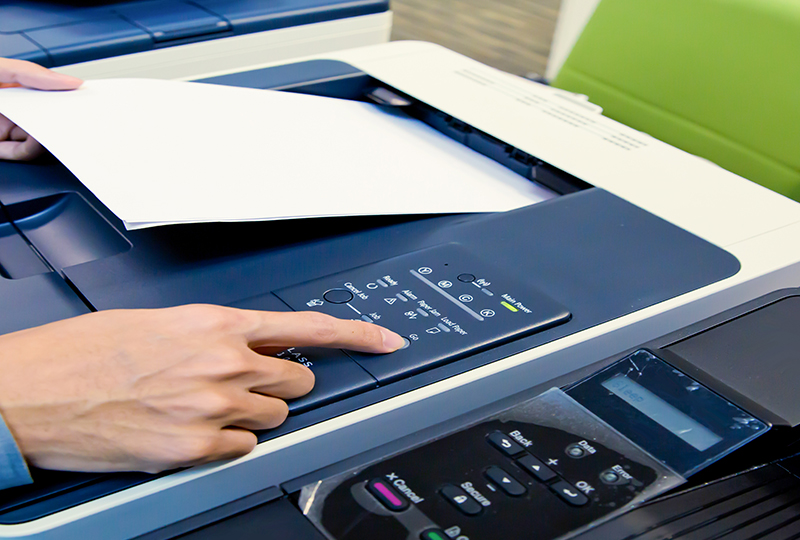Businesses have more reasons than ever to digitise information
In a year in which the European General Data Protection Regulation came into force, bringing with its new rights for European citizens over their personal data, the spotlight is firmly on information management.
But what is often forgotten is that not all information is digital data.

We estimate there are up to 200m boxes of physical records stored in the UK alone – and the question of what to do with them should be at the top of the business agenda.
What many businesses don’t realise is that GDPR doesn’t only apply to digital data, it also applies to any personal data stored on paper.
That could be a wake-up call to some – because it means that businesses now need to know what personal data they have hidden away in the warehouse and consider how it could be found, edited or deleted on demand.
The obvious answer for many businesses is to scan paper records in order produce a digital version.
Modern scanning is very advanced technology and provides much more than just a scan of physical data. In fact, intelligent software, like OCR, can copy text or handwritten data and make it searchable and editable.
Additionally, this type of scanning service can be used for invoicing, image processing, collaboration and tagging – and it’s very reliable. At Crown Records Management, for instance, we have a 99.8 per cent success rate.
1. It makes it quicker to find files and manage data – and to be GDPR/CCPA compliant
GDPR and CCPA give EU and U.S. citizens respectively the right to ask for their personal data to be edited, deleted and ported. How are you going to achieve that if the data is on paper in boxes and unsearchable? Scanning makes it quicker to find files and easier to manage data.
2. It saves cash on physical storage
Paying for file storage or physical data to be stored offsite in warehouses can be an unnecessary expense, especially if in future nobody will know what’s in the box or how to find it.
3. It saves space – and money
Using prime office real estate to store business records is costly. Scanning your documents frees up office space so it can be used to generate more revenue for companies. Thousands of files can be stored on a single server rather than taking up space in bulky file cabinet.
4. It improves data security
Protecting hard copy information is difficult at best. Scanned documents can be encrypted, password protected, and securely stored in the cloud. You can assign access levels to specific users and track all file activity.
5. It improves staff collaboration
Document scanning makes it easy to share documents and collaborate on projects without having to reproduce information on paper. Staff in multiple locations can access and view electronic documents simultaneously.
6. It aids audit compliance
Compliance is a reality for most businesses. Document scanning makes it easier for your company to fulfil its legal and regulatory obligations. Digital files can be organised, indexed and produced quickly to meet the demands of even the strictest auditor.
7. It encourages better customer service
If you have customers in more than one region, it’s hard to provide consistent customer service. Instead of having to print and mail bills, invoices statements and other items, document scanning lets you get important information to your clients much faster.
8. It reduces paper clutter – and helps the environment
Clutter kills productivity, but paper clutter doesn’t have to be the norm in the office when physical data is scanned. It can benefit the environment, too. According to the Paperless Project, the average office worker uses 10,000 sheets of paper every year. That’s a lot of trees!
9. It improves disaster recovery
Paper documents are especially vulnerable to fires, floods and natural disasters. Fortunately, document scanning offers enhanced disaster recovery for your business. Digital images can be backed up to tape or hard drive or protected electronically with an e-vaulting solution.
10. It saves time
An AIIM (Association for Information & Image Management) survey found it can take an average of 37 minutes to find one paper file. By contrast, scanned documents can be retrieved quickly and easily without having to leave the desk.
